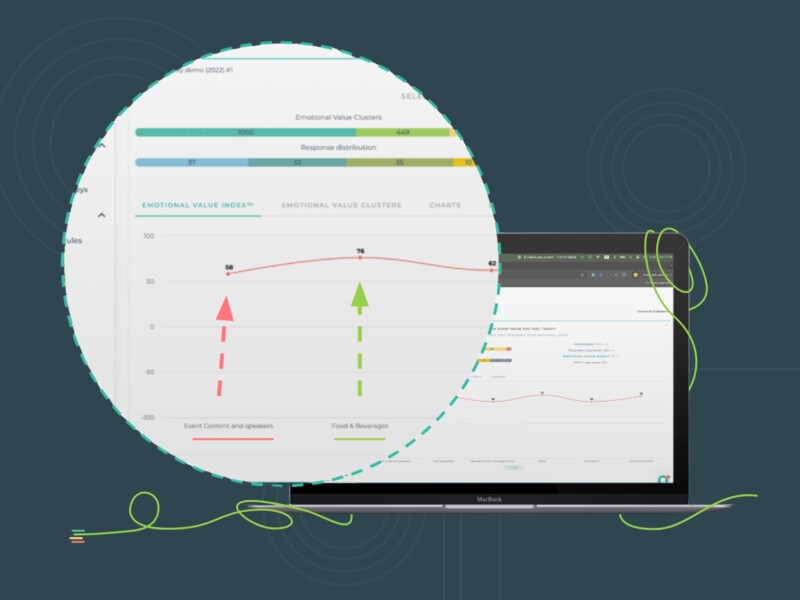We are going to start with a typical scenario today.
You receive negative feedback from customers complaining about your delayed delivery service. For businesses, negative feedback is a necessary evil and won’t have damaging consequences if a genuine attempt is taken to rectify them.
Usually, you will try to resolve this kind of issue by looking at the delivery service alone. But, what if we say there’s a method to fix this along with many other customer-related issues with a single approach?
It will lower the negative feedback on any aspect mounting on your inbox ever again. All it needs is a different perspective.
The perspective of the customer.
The perspective will help you get a good grasp of one aspect.
The customer journey of your ideal customer persona.
If you like to know how understanding the customer journey can help you resolve issues, keep reading!
What is a Customer Journey?
Customer journey is a customer’s story with a brand. It consists of interactions and emotions that customers face from the first encounter until the end.
According to Jaakko Mannisto in his book, The Journey – How to create the happiest customers in the world, “Customer Journey is the complete experience a customer has with an organization.” It can be broadly categorized into five major phases such as awareness, consideration, purchase, retention, and advocacy/loyalty.
A customer journey aims to map out the behavior, expectations, and requirements of the customer in detail, highlighting different channels through which the brand and customer interact with each other.
Why Is It Important to Solve Problems?
The specialty of understanding or mapping customer journey is that it appropriates the perspective of the customer, which eliminates the gap between customer expectations and the brand’s delivery. When you understand the customer journey, you begin to familiarize yourself with your ideal customer persona better.
You take a walk with your customers, in their shoes, understanding what your brand is lacking, missing, or doing completely wrong. Instead of looking at a single touchpoint like delivery or customer support, you take a holistic approach.
When you analyze each stage of the customer journey, you comprehend,
- What are the frequent ways through which customers get to know your business?
- What motivates customers to consider your product?
- How do they perceive your brand in each phase as interactions get stronger/ weaker?
- What doubts linger in your customer’s minds as they examine your product?
- Where do customers feel clueless or disrupted in their buying journey?
These are some of the many aspects that materialize from learning about your customers’ journey.
How Can Understanding Customer Journey Help You Resolve Problems?
When you see the bigger picture, you understand the primary factors that clients expect from your brand and cater to it. The problems they face along the customer journey across different touchpoints become more poignant and clearer. Businesses understand the true impact of customer pain points when they see it from the customer’s point of view. Utilizing this, you can implement long-lasting solutions that actually fix the problem and delight your customers.
When a brand attempts to map out a well-detailed customer journey, constantly updates it, and makes an effort to get to know its customers better, the business strategies and decisions automatically align to the client’s needs. This way, you and your entire team of employees know what customers want even before they do. So, when your delivery seamlessly fits in with their expectations, the pain points, issues, and other flaws disappear. You no longer have to invest time in fine-tuning touchpoints separately whenever problems arise because you have literally resolved most of them.
When you understand the customer journey, everything falls into place. You realize why customers don’t come back for a second purchase, don’t attempt to report their issues with customer service, or make the effort to provide feedback on social media.
It makes retention easy and less costly because you have managed to capture the heart of your clients on your first try. You resolve issues at an earlier stage and avoid damaging impacts that can arise out of them.
How to Understand Customer Journeys Better?
Mapping is the key element to understand customer journeys comprehensively. Most of the time, a business has multiple customer types instead of one. In this case, you need to keep track of each persona’s journey separately. With a map, you can constantly make updates to customer journeys as you learn more about your customers and their issues through feedback, research, and analytics.
If you are looking for a place to start, here’s a free template that will make mapping super easy! In addition to ourselves, this template is used by our customers and hundreds of other businesses around the world.



